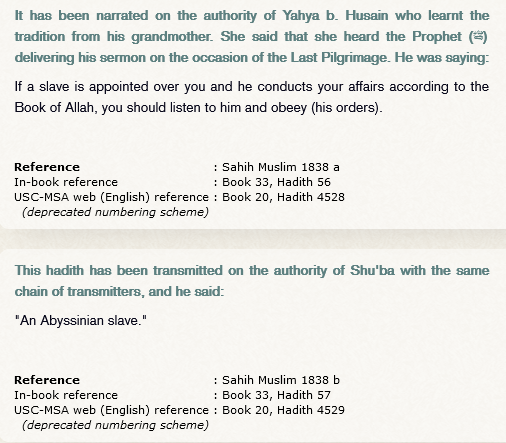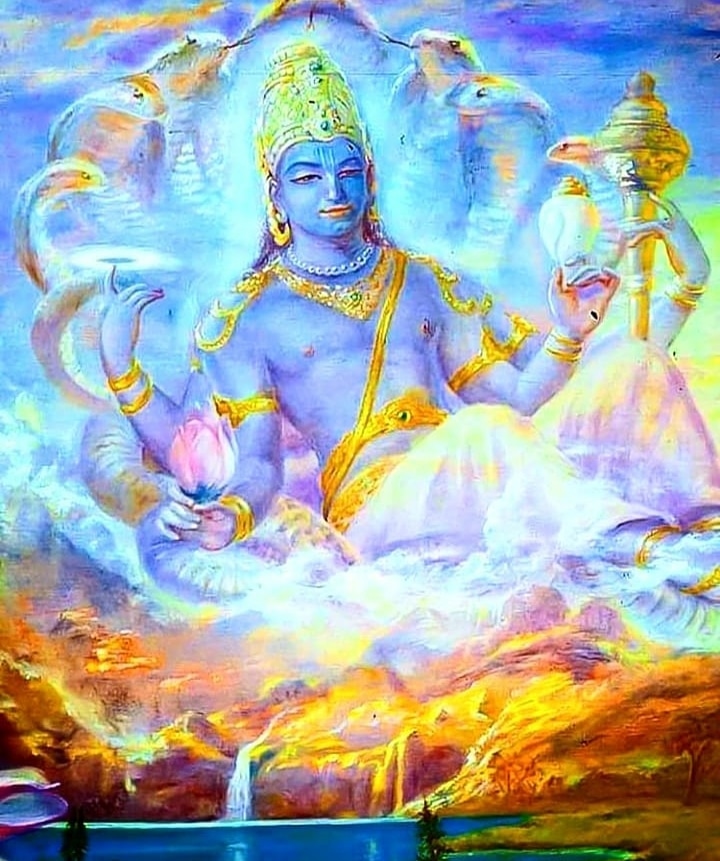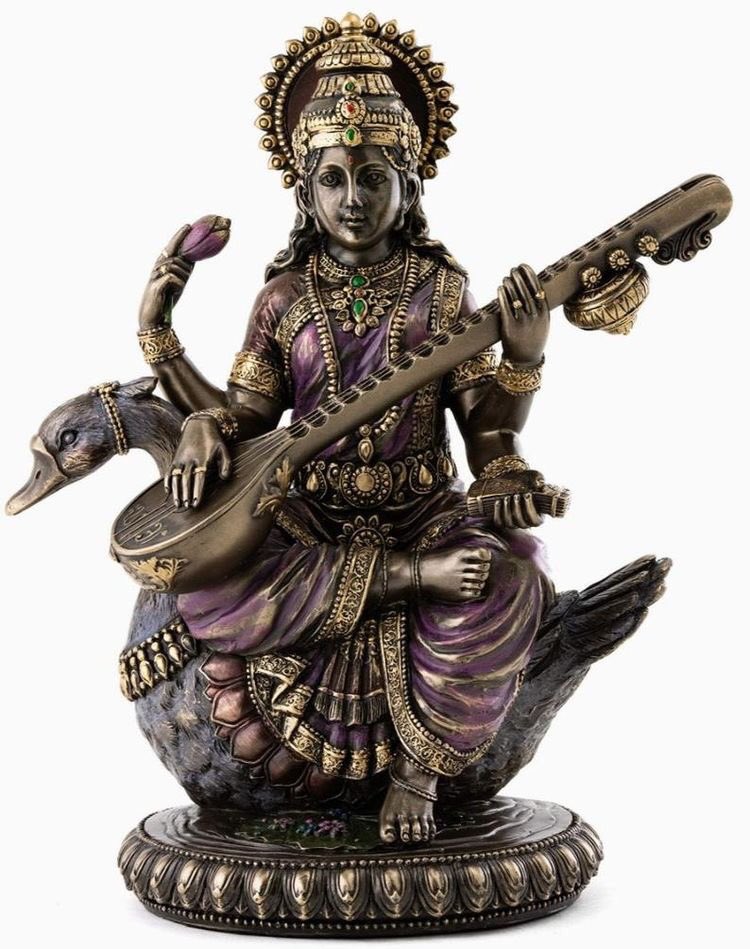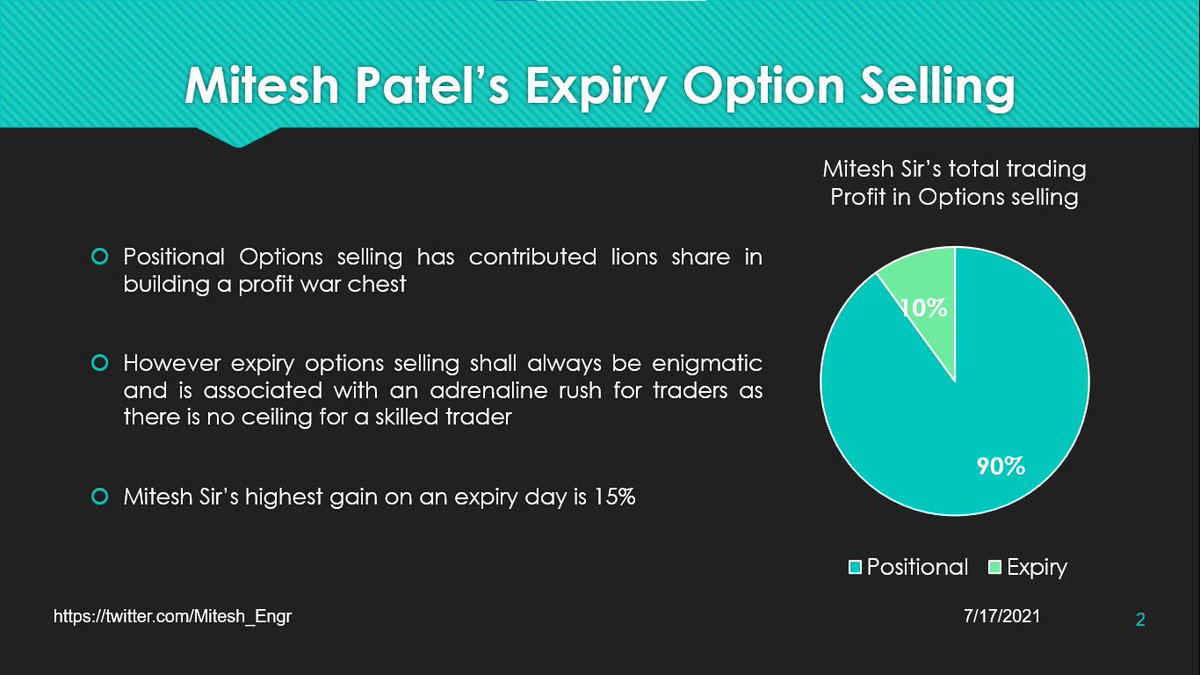a) If you are trying to say that just being born in a Quraysh tribe
I had written this thread in refutation to your false claims which you had made from your previous account and you had even quoted it from your old account and now you are lying that you didn't know about this thread?
Are you trying to say the Verse of Quran i had mentioned
I didn't know about this thread earlier but now that I have seen it, i wish to bring out the Paradox of Equality of Comb in to picture.
— Kungfu Pasmanda 2.0 (@AnisShafiullah) January 16, 2021
a) Bukhari Hadith on Quresh's exclusive right to Caliphate
b) A comb that's has equal teeth but... https://t.co/E1GuxFSUGy pic.twitter.com/7VtbVkgoeh
a) If you are trying to say that just being born in a Quraysh tribe
“Zaid is standing up” does not denote the banishment of the standing up of other than Zaid, and the example “there is Zakaat on the sheep” does not denote the banishment of the
In the above examples, “Zayd” is a proper noun and “sheep” is a generic noun. Therefore, as agreed upon by all scholars, mafhum al-mukhalafah cannot be taken from these nouns, which means that we may not conclude from the above sentences that no
And this is how an order looks and sounds like.

Bone comb from the Carolingian period (750-900) in the archeological museum of Hamme, Belgium.

A 14th-century ivory comb.
And Prophet's comb has equal teeth and people around him used the similar combs, that's the reason he

More from Religion
You May Also Like
Neo-nazi group #PatriotFront held a photo op in #Chicago last weekend & is currently marching around #DC so it's as good time as any to compile a list of their identified members for folks to watch for
Who are these chuds?
Patriot Front broke away from white nationalist org Vanguard America following #unitetheright in #charlottesville after James Alex Fields was seen with a VA shield before driving his car into a crowd, murdering Heather Heyer & injuring dozens of others
Syed Robbie Javid a.k.a. Sayed Robbie Javid or Robbie Javid of Alexandria,
Antoine Bernard Renard (a.k.a. “Charlemagne MD” on Discord) from Rockville, MD.
https://t.co/ykEjdZFDi6

Brandon Troy Higgs, 25, from Reisterstown,
Who are these chuds?
Patriot Front broke away from white nationalist org Vanguard America following #unitetheright in #charlottesville after James Alex Fields was seen with a VA shield before driving his car into a crowd, murdering Heather Heyer & injuring dozens of others
Syed Robbie Javid a.k.a. Sayed Robbie Javid or Robbie Javid of Alexandria,
Happy Monday everyone :-) Let's ring in September by reacquainting ourselves with Virginia neo-Nazi and NSC Dixie affiliate Sayed "Robbie" Javid, now known by "Reform the States". Robbie is an explicitly genocidal neo-Nazi, so lets get to know him a bit better!
— Garfield but Anti-Fascist (@AntifaGarfield) August 31, 2020
CW on this thread pic.twitter.com/3gzxrIo9HD
Antoine Bernard Renard (a.k.a. “Charlemagne MD” on Discord) from Rockville, MD.
https://t.co/ykEjdZFDi6

Brandon Troy Higgs, 25, from Reisterstown,



























